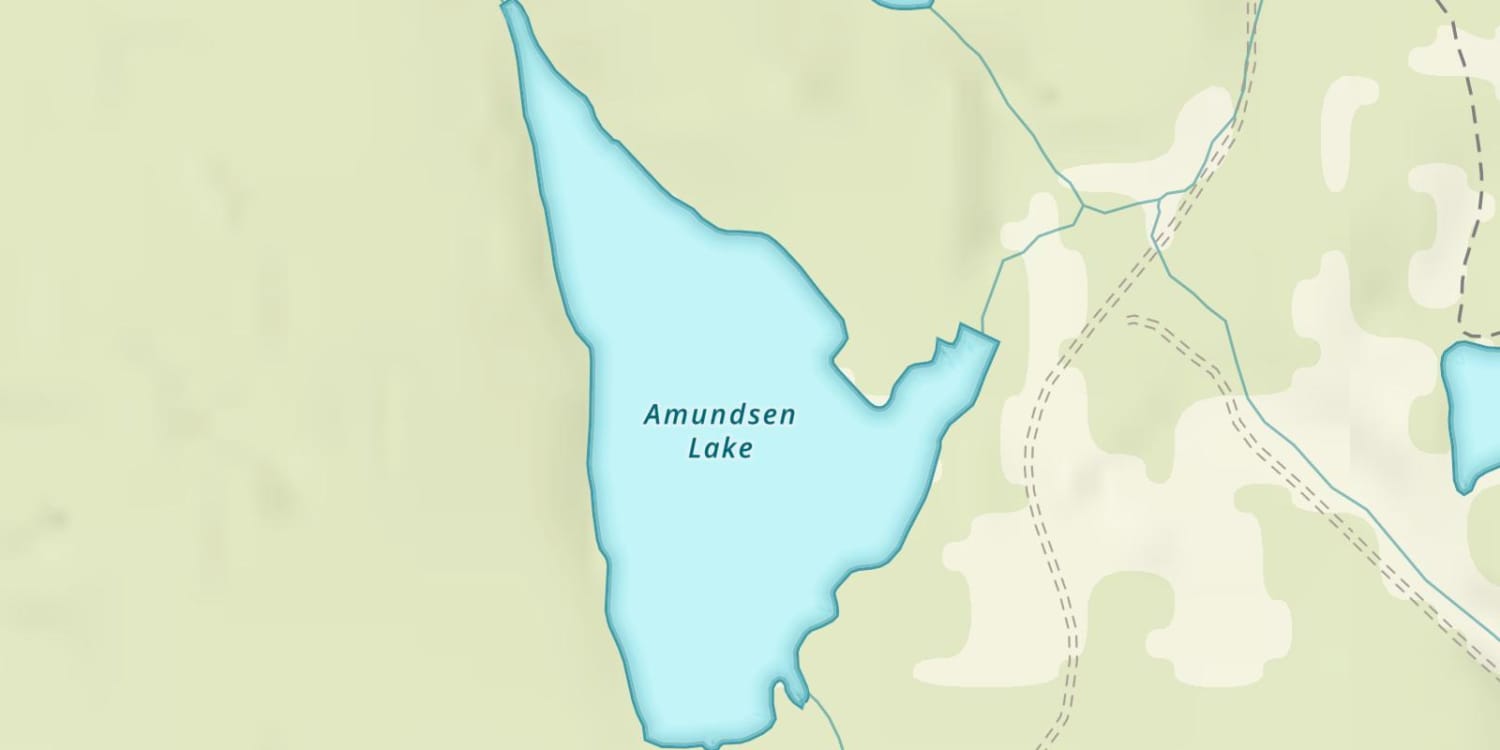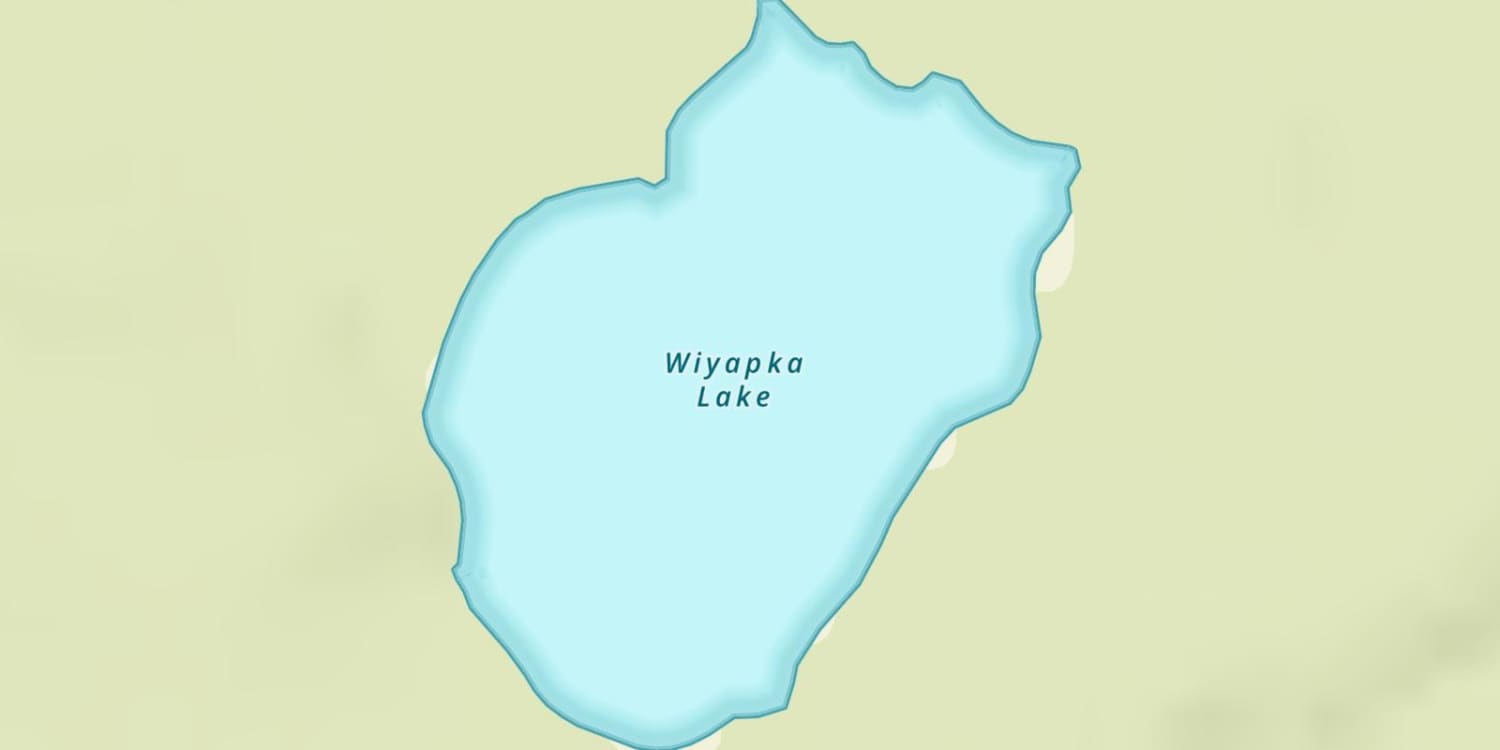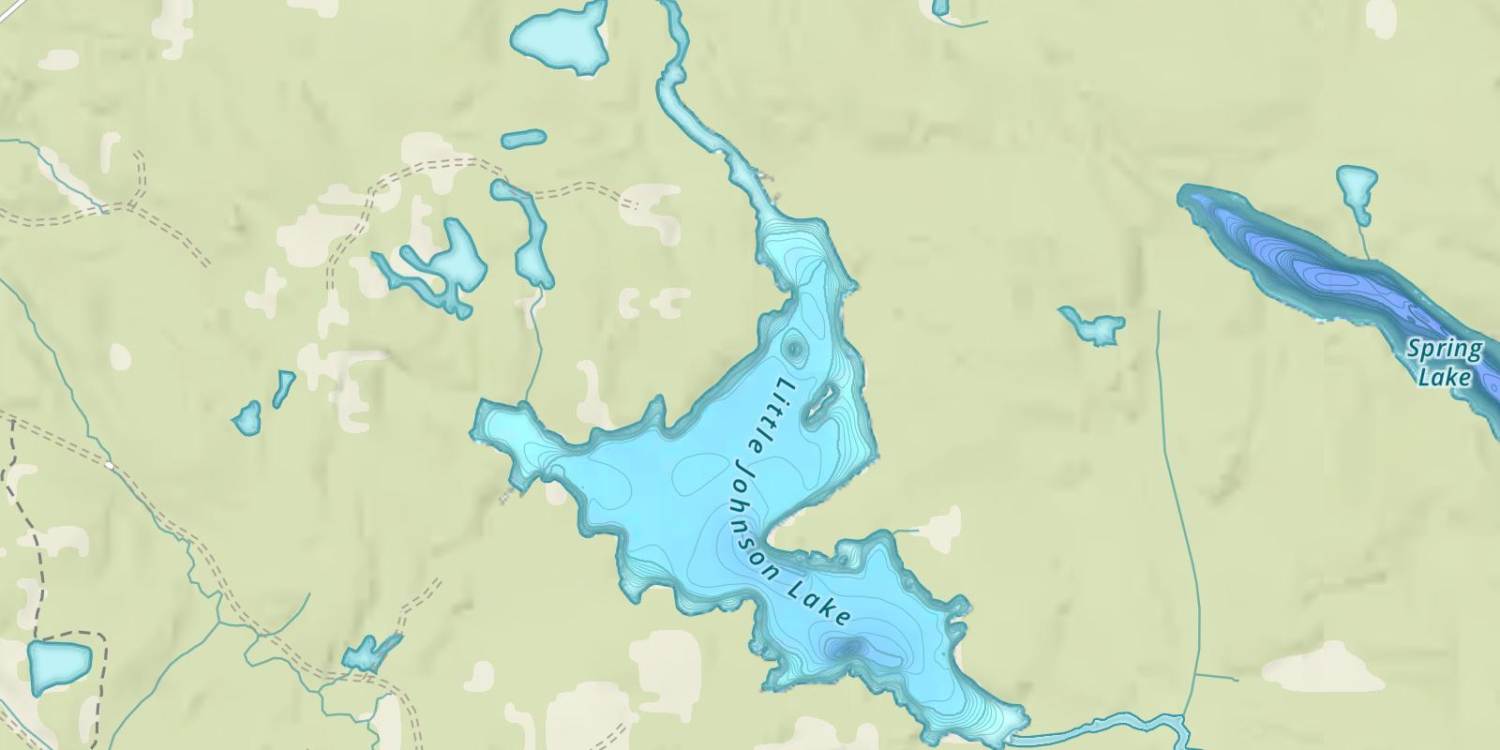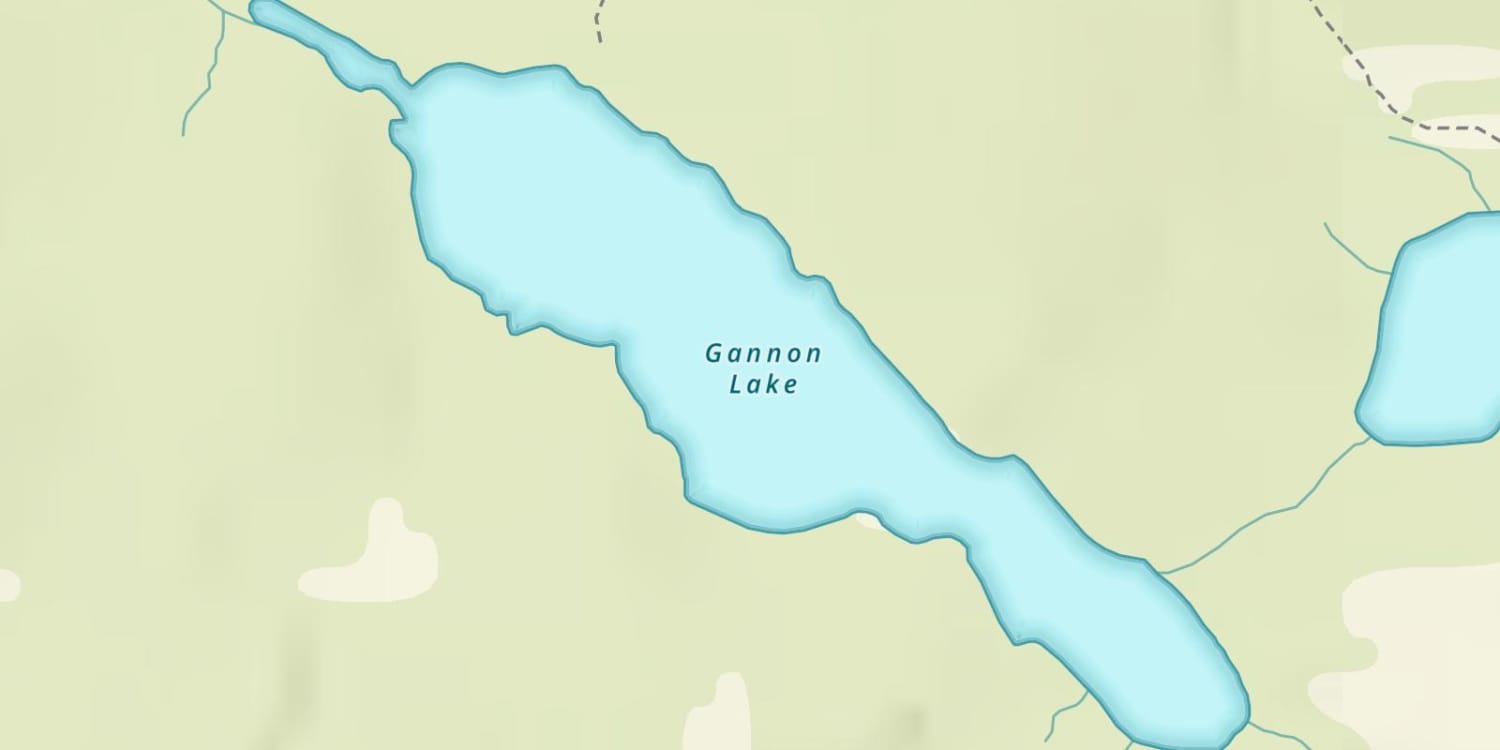Size
NA
Boat Launch
No
Carry-in Launch
No
Toilet
No
Boat Dock
No
Moose River Overview
Features
Located on the eastern boundary of Voyageurs National Park, Namakan Lake is over 24,000 acres of scenic beauty and outstanding fishing. Namakan Lake is part of chain of lakes that form part of the International Border between Minnesota and Ontario, Canada. Other lakes in the chain include Crane, Sand Point, Kabetogama and Rainy Lake. There are not that many places that combine the remote location, natural beauty and fantastic fishing, but Namakan Lake has it all.
Namakan Lake, as well as the other lakes in the chain, are considered world class fisheries. Well-known for their walleye production as well as trophy smallmouth bass, giant northern pike and large black crappies. Anglers can expect to catch fish year-round. Namakan Lake is full of structure that can be fished at any time of the year. Rock reefs, weedy bays, points, islands and current areas that anglers can spend days picking apart. There really is not a bad spot on the lake. The long, skinny lay-out of the lake can be tough to fish during high winds. There are, however, many productive areas that can be fished to get out of the wind.
The lake is surrounded by the Voyageurs National Park and is open to the public for camping. There are over 200 campsites along the shoreline and islands around the lake. The National Park Service offers campsites with amenities, boat tours and other services to the public. Camping on the lake requires a camping permit. Contact Voyageurs National Park Headquarters at (218)-283-6600 for any questions you might have.
To help boaters get around the lake safely, red and green navigational buoys have been placed throughout the lake to mark the channel that runs east to west. Boaters should use caution when boating since there are many hazards that lie just under the surface of the water. There is also a “No-Wake” zone along the Ash River just upstream from Sullivan Bay.
Anglers wanting to fish the Canadian waters of Namakan Lake will need to obtain a Remote Access Border Crossing permit, as well as, an Ontario Non-Resident Fishing License. These licenses and permits are obtainable at most ports of entry. Additionally, if you want to fish with live bait while in Canadian waters, you must purchase bait from the Canadian side of the border. Any questions can be directed to the Minnesota Department of Natural Resources (MDNR) or by contacting local park offices or by contacting resorts around the lake.
Forage
A large variety of minnow species can be found on Namakan. Some of these include; bluntnose minnow, spottail shiner, darters, golden shiner, mottled sculpin, sculpin, slimy sculpin, spottail shiner and trout-perch. Rainbow smelt, ciscoes a juvenile perch also provide forage for walleyes and northern pike. High water temperatures during the summer may have an adverse effect cisco populations.
Seasonal Movements
During the spring, usually around mid-May, many walleyes will start migrating to major inlets, shallow gravel shorelines and sandy points looking to spawn. The Namakan River and the Ash River are two of the more popular areas during the spring. Funnel areas which has a current flowing through them such as, the Blind Indian Narrows, Squirrel Narrows and Namakan Narrows are also prime spawning areas. During the summer and fall walleyes will use a variety of structure throughout the lake. Early in the year shallow, warm water bays and inlets around the lake will see spawning activity from many of the lakes fish species.
Weather
Moon Phase


Get Your Line in the Right Water
Quickly find the best places to fish and plan your day right.



